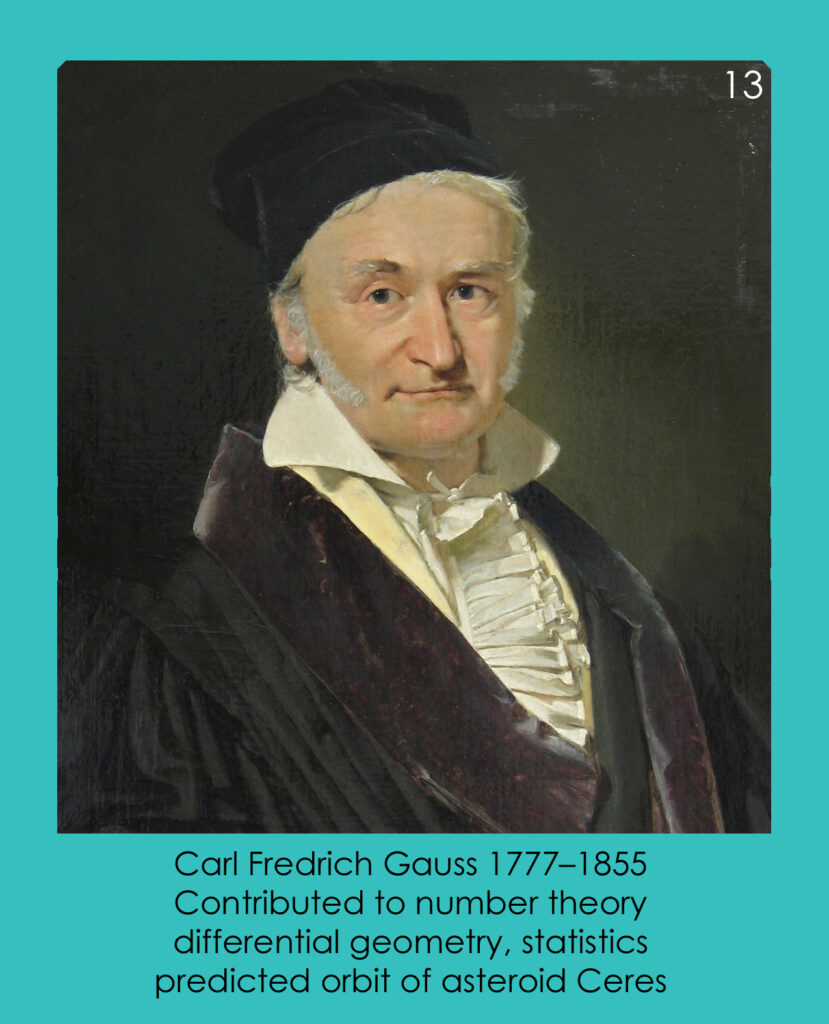Samsung has recently introduced Gauss AI, its latest generative AI model, at the annual Samsung AI Forum in Seoul. This development is a significant leap forward in the world of artificial intelligence, marking Samsung’s entry into a space dominated by models like OpenAI’s ChatGPT.

Highlights:
- Samsung Gauss is a tribute to Carl Friedrich Gauss, the esteemed mathematician, and aligns with Samsung’s vision to harness AI for improving global consumer experiences.
- Three Key Components: Samsung Gauss Language, Samsung Gauss Code, and Samsung Gauss Image, each offering unique functionalities.
- Focus on Security: Samsung emphasizes consumer data protection and has established an AI Red Team to address safety concerns in AI deployment.
In-Depth Analysis:
1. Samsung Gauss: A Tribute to Mathematical Genius Named after Carl Friedrich Gauss, known for his work in normal distribution theory, Samsung Gauss is a step towards realizing the potential of AI in everyday life. Samsung Research, the tech giant’s research arm, has developed this model, currently enhancing employee productivity within Samsung.
2. The Threefold Approach of Samsung Gauss:
- Samsung Gauss Language: A generative language model designed to improve work efficiency. It aids in tasks like email drafting, document summarization, and translation. Its versatility extends to cloud-based and on-device applications, hinting at potential uses in smarter device control.
- Samsung Gauss Code: This component acts as a coding assistant, streamlining the software development process with features like code description and test case generation.
- Samsung Gauss Image: Specializes in generating and editing images, allowing for style modifications and enhancing low-resolution images to high resolution.
3. Commitment to Safety and Privacy: In a world increasingly concerned about data privacy and security, Samsung stresses the importance of protecting consumer information. The AI Red Team plays a crucial role in this, rigorously examining security and privacy issues at every AI development stage, from data collection to service implementation.
Future Prospects: Samsung plans to expand Gauss AI’s applications to various product functionalities. This move suggests a strategic direction towards integrating AI more deeply into Samsung’s product ecosystem, potentially transforming how consumers interact with technology.
With Gauss AI, Samsung is not just competing in the AI space but also showcasing its commitment to innovation, security, and enhancing user experience. The integration of Gauss AI into Samsung’s products could redefine consumer interactions with technology, marking a new era in AI application.








